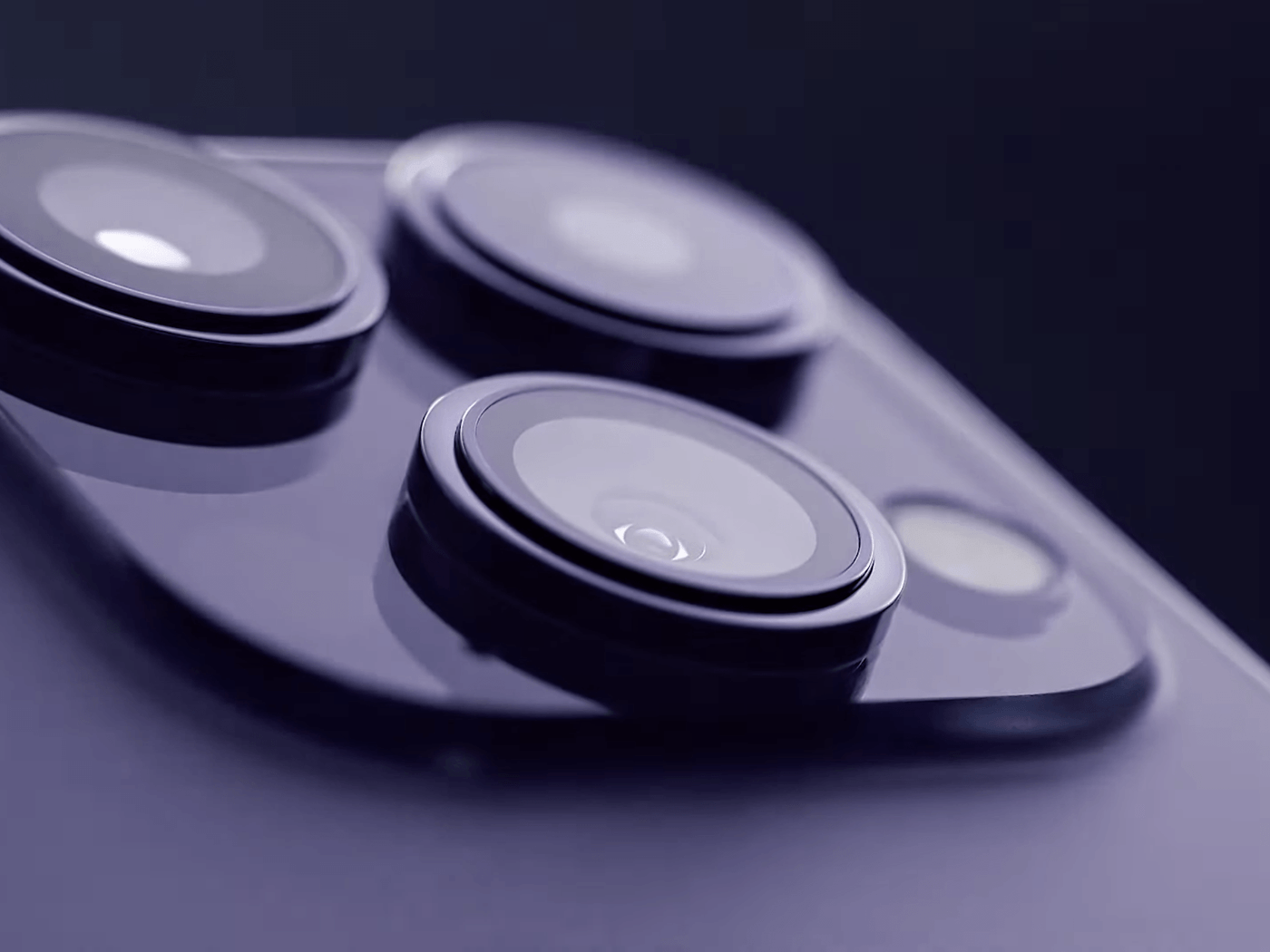Dolby Vision is a HDR format that lets videos include more colors, higher contrasts and finer brightness gradations. It also enables more realistic and a more immersive experience for videos.
This year, Apple introduced support for Dolby Vision HDR in the iPhone 15 Pro. This is a huge feature that gives millions of everyday creators access to Hollywood technological advancements.

Technology for display
Though most HDR formats utilize static metadata, Dolby Vision takes things a step higher and provides dynamic instructions to the displays that support it. This means that every frame or scene gets modified to be in sync with the display’s capabilities – giving viewers an even more exact portrayal of the creator’s vision.
Apple employs this technique to take video footage on its iPhone 12 Pro and 13 Pro Max it announced that “no other smartphone can do it.” Actually, even production cameras do not record footage in HDR. Apple is able to achieve this with Hybrid Log Gamma (HLG, the ARIB STD-B67) along with a unique camera mode named Dolby Vision.
The result is that filmmakers have more dynamic scope while recording. This also assists to achieve more color and contrast on their monitors. In turn, this lets people become completely immersed completely in the footage. Additionally, they can edit the videos they create on their iPhone with Dolby Vision, and AirPlay the videos to compatible TVs as well as Apple TVs.
Video playback with immersive
Dolby Vision is a leading quality standard for Hollywood films and TV with high-quality However, it’s also popularly used in consumer electronics including smartphones, TVs and even phones.
When you use Dolby Vision, you’ll be able to experience incredible brightness and rich colours that deliver life-like images on your screen. It’s a tech that is trusted by storytellers across the industry for its ability to provide stunning quality, detail and color for billions of devices that playback around the world.
Like we said, Dolby Vision can also be dynamic, therefore it is able to support various options for each scene or frame. This is crucial since For instance, scenes from The Mandalorian might look darker as compared to a scene from House of Dragon because the creator chose during production to create a scene with a somber tone.
The iPhone 15 Pro is capable of recording Dolby Vision video due to its A14 Bionic chip’s impressive computing capabilities for photography. Apple notes that this is the first smartphone to record video in Dolby Vision HDR. In other words, you can get up to 60x more colors than 8-bit videos.
creating videos using Dolby Vision
Dolby Vision can be a much superior technology to the static metadata employed by HDR10. This is because dynamic metadata allows for brightness and color to be adjusted by scene, so that any Dolby Vision-compatible display will display your content in the exact way you’d like to present it.
For recording video with Dolby Vision in the iPhone users must activate this feature within the Settings for Camera. You can do this by scrolling to the bottom and then clicking on the camera option. From there, you need to turn on HDR Video to capture videos in this format.
As opposed to other HDR formats, like HDR10+ or Hyper Log Gamma (HLG) in recent years, both of which have gained popularity in recent times, Dolby Vision is a fully developed and mature technology that allows creators access to the latest technology from Hollywood. It results in a more rich and more immersive experience that can be viewed on millions of devices around the world. It’s a huge benefit for everyone who makes or publishes video.
Dolby Vision content ecosystem
The release of iPhone 12 last year, Apple’s smartphone lineup became the first device to offer Dolby Vision HDR. The dien thoai iphone 15 Pro allows video files to be watched by the user with its most natural form that is, with amazing brightness and contrast in addition to accurate colors, all while remaining true to the creator’s original intent.
Dolby Vision also supports dynamic HDR formats, which can alter the picture based on a array of different factors, as opposed to others static HDR formats. This makes it easier for directors, editors, colorists and distributers to use OTT services to create richer experiences.
In the realm of streaming, Netflix and Disney+ are two among the growing list of sites that are offering Dolby Vision videos. And when it comes to games that require video, Dolby Vision displays communicate their capabilities in terms of brightness to game engines so that it can show the images as it was intended. This protects the artistic intent of the game’s creators and to ensure that the players are experiencing their games as intended.
